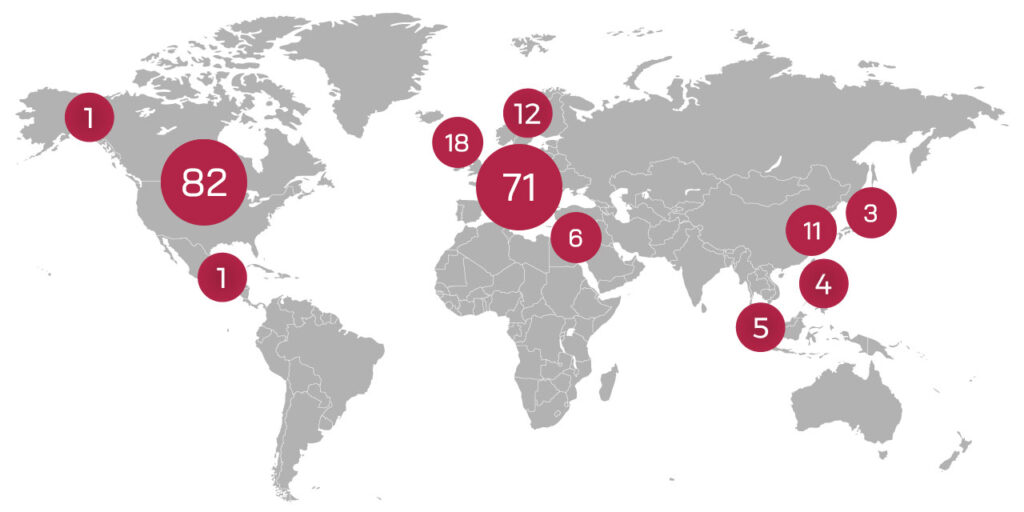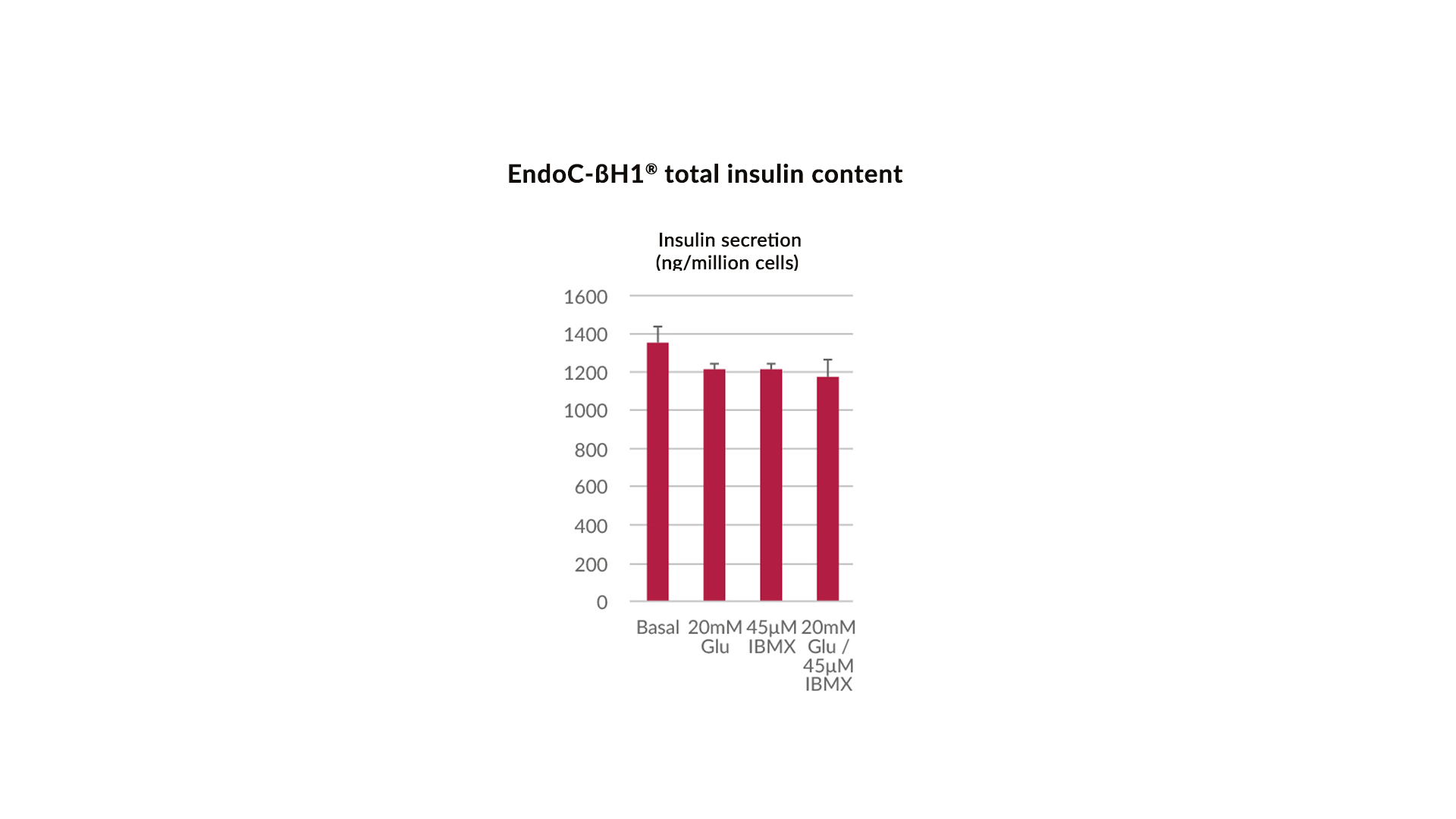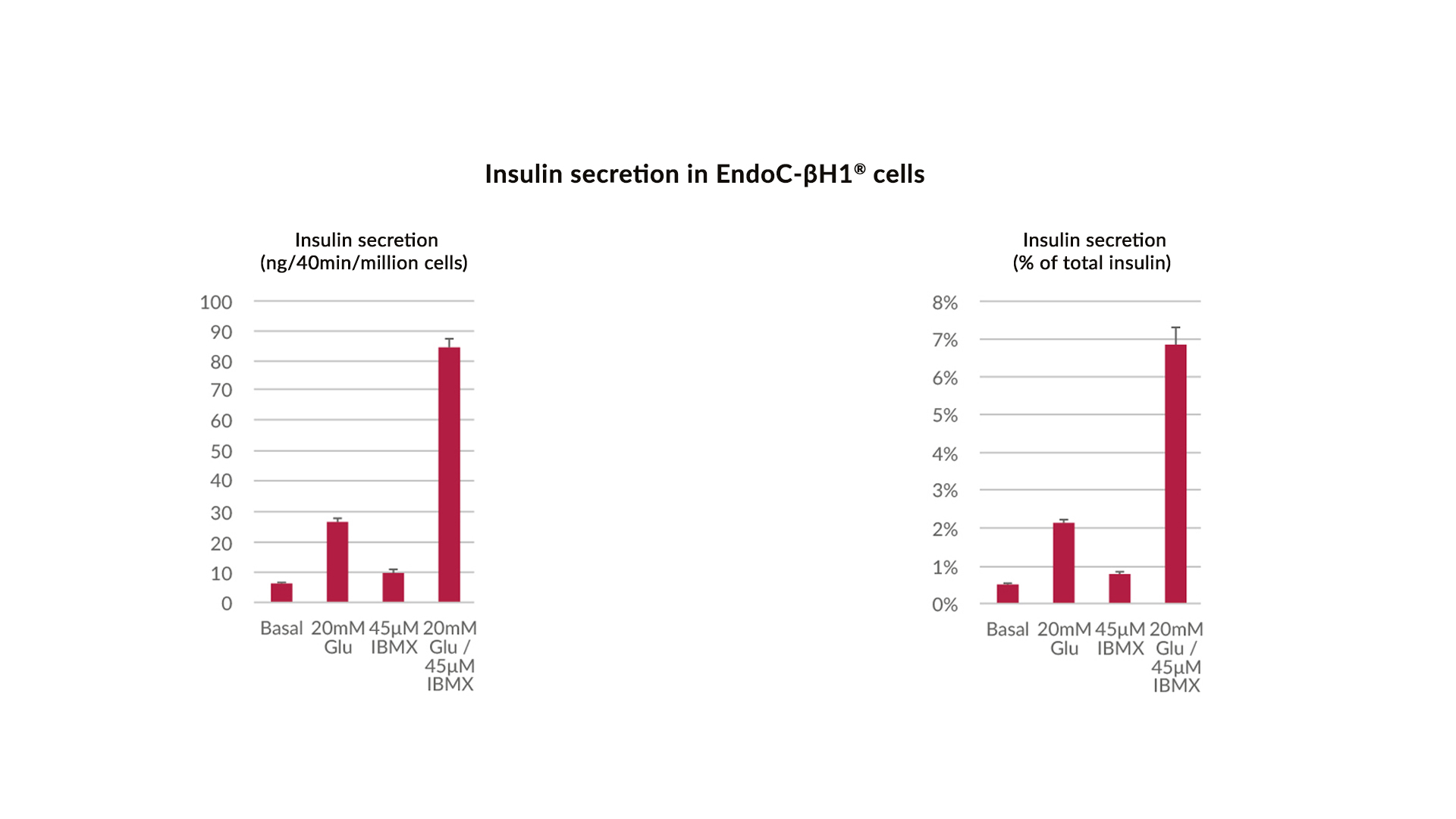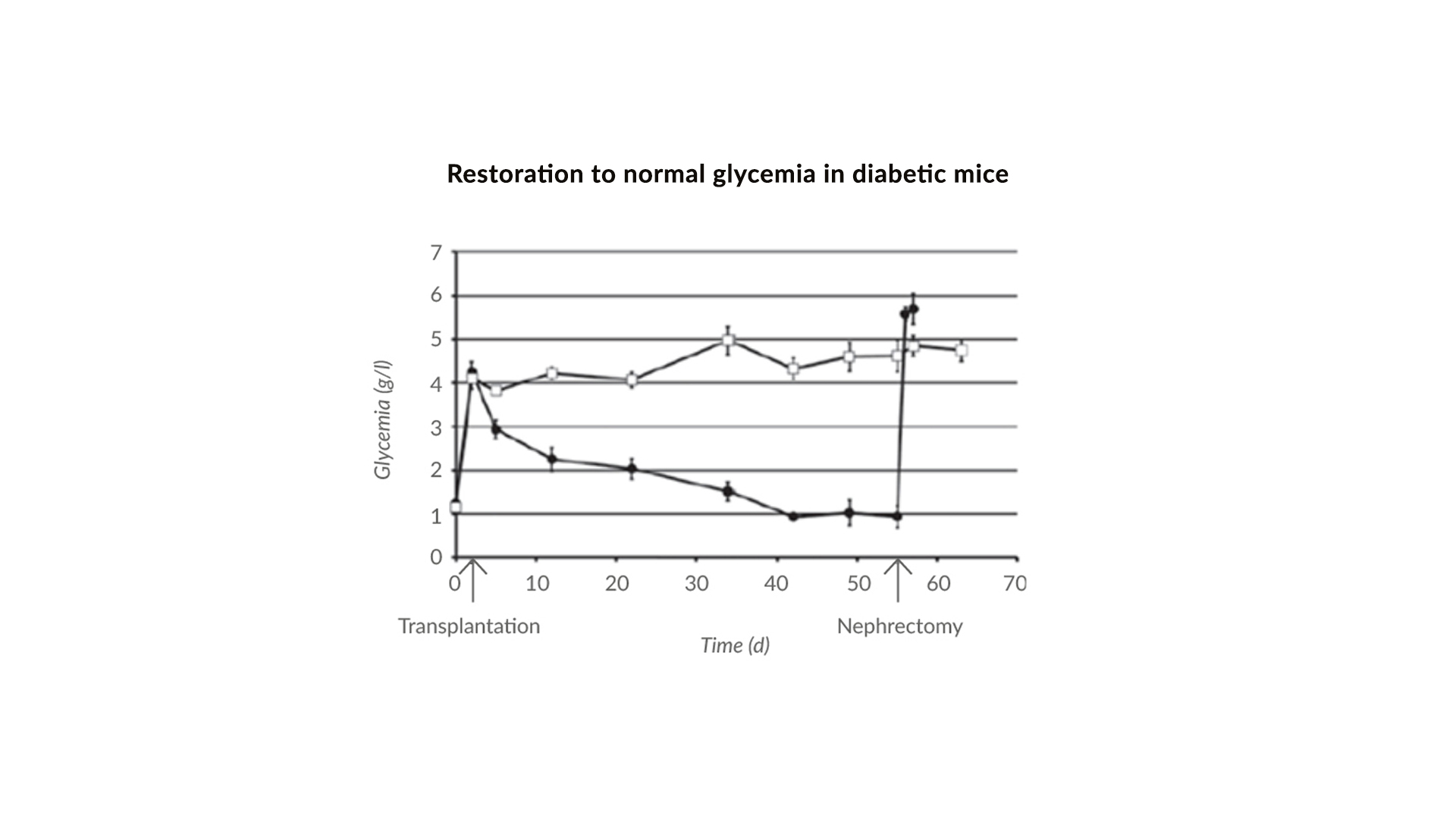
EndoC-βH1®
The human beta cell line of reference
FIRST VALIDATED HUMAN BETA CELL LINE
EndoC-βH1® is a robust and immortalized human beta cell line
This high-quality human pancreatic beta cell line displays a homogeneity that exceeds 99% and an insulin content of 0.5 to 1 µg/million cells. Functionality of EndoC-βH1® cells has been validated using glucose stimulated insulin secretion (GSIS) assay. Our production and assay processes are conducted with rigor and precision, in full respect of the industry’s highest quality standards for reliability and reproducibility. Below are the technical data of EndoC-βH1® characteristics.
HUMAN BETA CELLS IN UNLIMITED QUANTITIES
EndoC-βH1® is an amplifiable human pancreatic beta cell, while maintaining a significant level of function
Glucose stimulated insulin secretion
Insulin content about 10% that of native human cells
Sensitivity (> 2 fold increased insulin secretion upon high glucose)
Resolution (dozens of ng insulin secreted per million cells)
HTS compatible
Homogeneous cell line > 99%
Robust over 100 passages
Can be genetically engineered for assay development
ALREADY TESTED AND APPROVED BY MORE THAN
Academic & pharmaceutical laboratories worldwide

KEY BENEFITS
Unlimited supply
Compatible with High-Throughput Screening (HTS)
Compatible with genome editing and gene expression modulation strategies (CRISPR, lentiviral shRNA, siRNA…)
Genetic stability over 100 passages
Functional activity (glucose stimulated insulin secretion)
APPLICATIONS
Screening
Target identification and validation
Biological pathway studies and fundamental research
3D models
Type I and II diabetes cell assay development (lipotoxicity, beta cell death, ER stress…)
Beta cell function studies and beta cell physiology
In vivo transplantation
TECHNOLOGY LIMITS
Implementation in your facility required
Relatively low resolution of insulin secretion
Absence of GLP1R mediated response (Exendin-4)
Insulin content about 10% that of native human beta cells
Proliferative whereas native beta cells are quiescent
Very slow amplification rate




